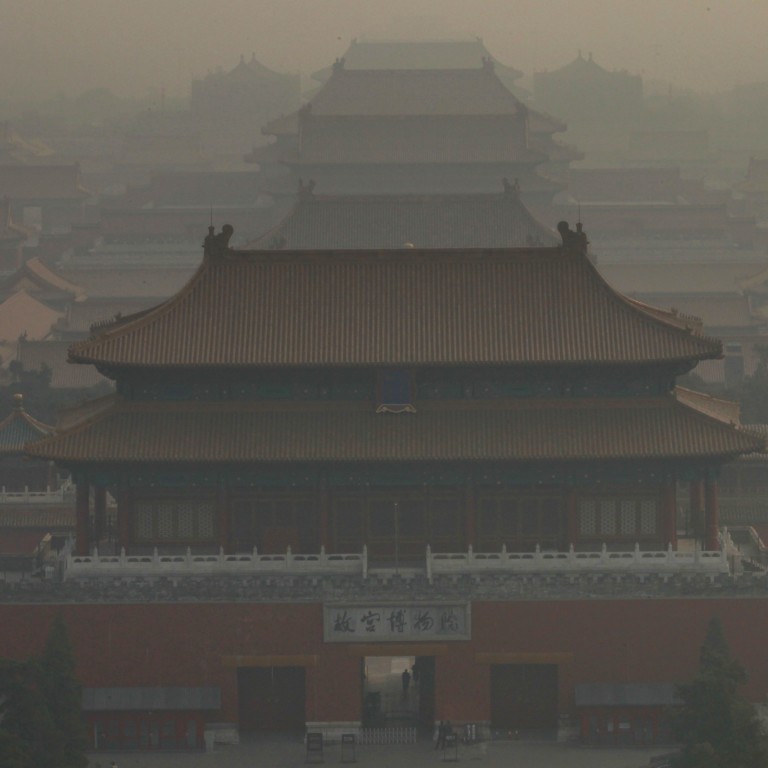
Let it breathe: Beijing considers 'wind tunnels' design for the city to combat smog
Beijing’s urban planning authorities are for the first time seriously considering creating “wind pathways” in the capital in the future to combat severe air pollution.
Beijing’s urban planning authorities are for the first time seriously considering creating “wind pathways” in the capital in the future to combat severe air pollution.
The concept entails designing sections of the city in a way that allows wind to flow more freely, in the belief is that this will help disperse air pollutants.
Although the idea has been around for some time, the proposal was brought up in the city’s integrated city planning recently, according to the Beijing media.
“This is not a new concept, but it is [given] more weight in the new plan,” Shao Min, deputy director of College of Environmental Sciences and Engineering at Peking University, told the .
“The concept provides a guide to design the city layout in a way that can help disperse pollutants,” Shao said.
Under the wind pathways framework, he said, certain quarters of the city must be reserved for greenery and ecological parks. Some buildings’ height would also be restricted.
Environmental experts and authorities have repeatedly said that Beijing’s basin-like terrain and its windless weather exacerbates the smog problem, especially during winter.
This week, the Beijing Municipal Research Institute of Environmental Protection pledged to enhance the city’s air quality to the internationally recognised safe level by 2030.
Beijing’s rapid urban development in the past decades have taken a toll on its environment. Allowing unbridled vehicle emissions, as well as pollution from coal-burning factories and construction sites has resulted in months of choking smog, causing frustration among citizens and prompting the Communist Party to declare a war on pollution.
Last year, an average day each week recorded “severely polluted” weather, according to a report by the Beijing Municipal Environmental Protection Bureau. Nearly six months out of the year last year, weather conditions failed to meet health standards.
If successfully implemented, the “wind pathways” concept can effectively disperse the city’s pollutants, Shao said. “The way it works is much like designing traffic roads to guide and divert traffic”.
But he also stressed it is not the only solution. “Incorporating the concept into city planing is important in treating air pollution, but it is still a supplementary measure. What is most critical above all else … lies in containing the emissions.”

